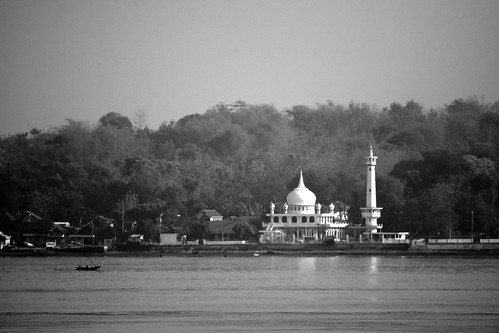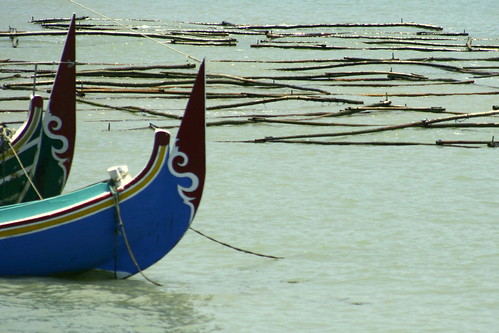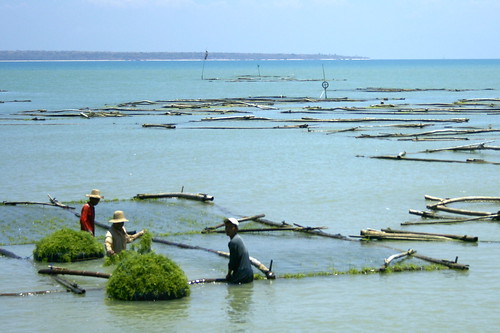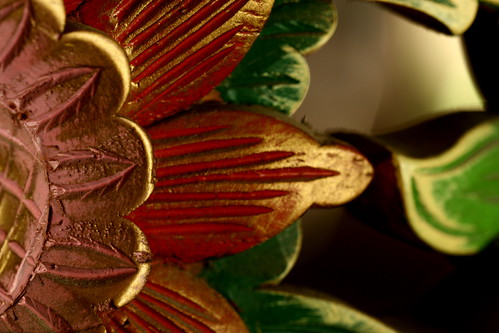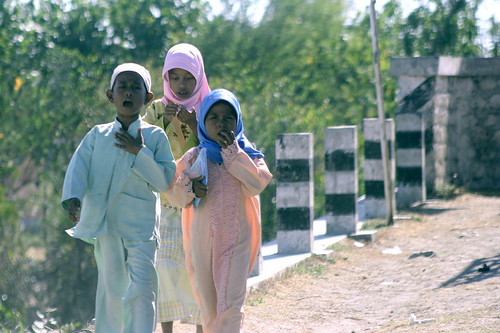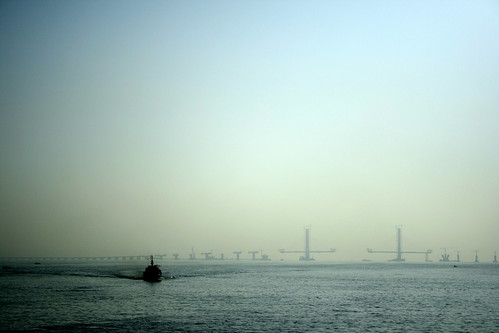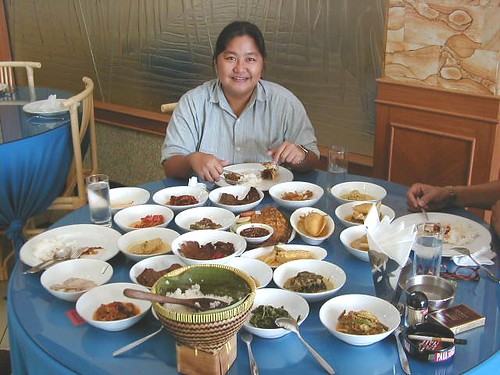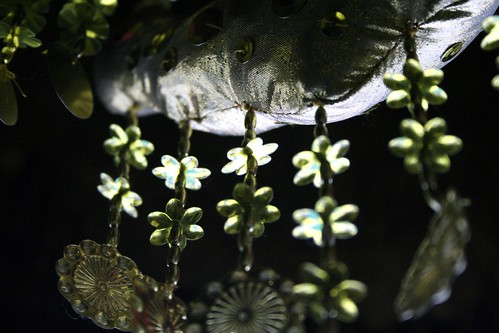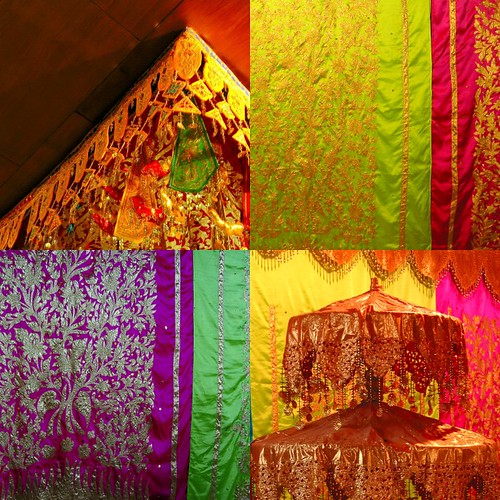the Lapindo tragedy of East Java
In the record book of growing environmental disasters of the world, the mudflow “volcano” in East Java, Indonesia ranks high.
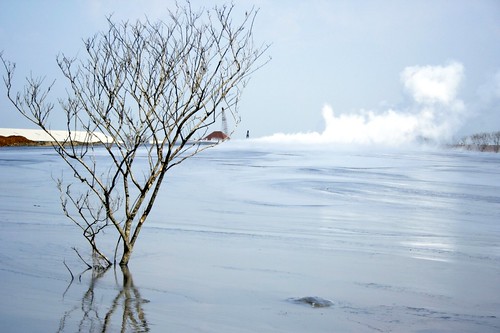
Camera: Canon EOS 350D Digital, 1/320s, f/6.3, 55mm, ISO 100
In May 27, 2006, an oil drilling project of gas-drilling company Lapindo cracked open a natural gas-rich water lode at a depth of nearly 3,000 meters, without the recommended steel casing. When the limestone bed rock got fractured, hot water shot up like a geyser and began flooding villages, rice farms and factory areas. Ground zero was the Porong district of East Java and being near to the city of Sidoarjo, the disaster has been nicknamed by locals as Lusi or lumpur Sidoarjo (lumpur means mud in Indonesian).
The numbers are appalling. According to a special report in the March 10, 2008 issue of Time magazine, in less than two years, twelve villages were swallowed, about 16,000 people were rendered homeless and 550 hectares were erased from the map. Damages and related costs already are running into $3.7 billion and the worst part is, the 50 meter-wide hole continues to pump up to 150,000 cubic meters of mud A DAY. 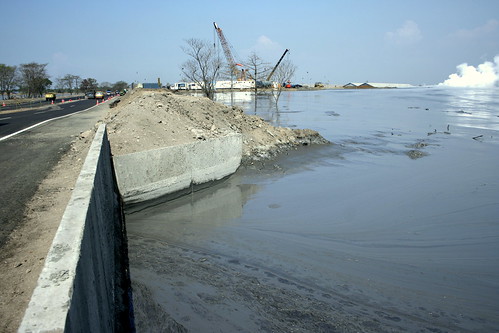
Camera: Canon EOS 350D Digital, 1/250s, f/6.3, 18mm, ISO 100. -1/3EV
As more and more land is turned into a lake of gray bubbling mud, efforts by the government and international community offer some measure of hope, but barely. Neither nature or science can assure that the flow will stop anytime soon. The baffling flow of hot brackish water deep from the earth is unabated, inundating more villages as time progresses.
Last April, when I last passed by the mudscape, traffic was terrible. Lusi has rendered the major toll hi-way between Pasuruan and Surabaya useless and we had to snake around busy choked streets of Sidoarjo. A motorcycle driver offered to take us a shorter “secret” local route. We relented. For about $2, he took us around outskirt a deserted village, through some lesser know bypasses. He delivered and cut our travel by at least 30 minutes.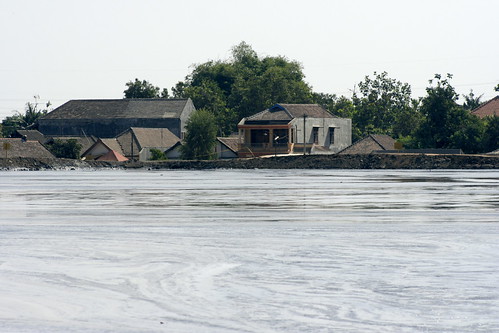
Camera: Canon EOS 350D Digital, 1/640s, f/6.3, 155mm, ISO 100. -1/3EV
Around the “volcano”, gawkers are replaced by tourists who make Lusia a necessary stop. Mud volcano CDs are being touted. Ambulant stores are making some business. On the surface, life seems normal. For now.







